UNICEF is leveraging Drone Technology to overcome infrastructure challenges and deliver essential supplies to remote communities, transforming humanitarian aid delivery in hard-to-reach areas.
According to UNICEF’s report, the organization has been using Uncrewed Aircraft Systems (UAS), commonly known as drones, since 2016 to transport vaccines, medicines, diagnostic samples, and other vital commodities to isolated regions.
Drones: A Game-Changer for Remote Communities
UNICEF’s drone initiative addresses a critical issue: the lack of infrastructure and extreme conditions that often hinder aid delivery. These unmanned aircraft have proven particularly effective in serving island and mountainous regions, significantly improving access to essential health products and services.
“Since 2016, drones have been used to deliver vaccines, medicines, diagnostic samples, blood products and other commodities to, and from, hard-to-access areas, including islands and mountainous regions,” the report states.
Pioneering Efforts and Tangible Results
UNICEF’s commitment to drone technology is evident in its groundbreaking projects. The organization established Africa’s first humanitarian drone corridor in 2017, launched the African Drone and Data Academy in Malawi, and deployed drones in emergency settings, including Vanuatu in 2018.
These initiatives have yielded impressive results. In Malawi and Vanuatu, the use of drones led to reduced turnaround times for blood diagnostic samples, decreased vaccine and health commodity stockout levels, and increased availability of health supplies at local facilities.
Challenges and Considerations
Integrating drones into supply chains isn’t without challenges. UNICEF emphasizes the need for comprehensive program management, multi-stakeholder engagement, rigorous monitoring and evaluation, local capacity building, and sustainable financing mechanisms.
To aid in decision-making, UNICEF has developed a drone decision tree, helping partners navigate the complex process of implementing drone delivery in local supply chains.
Collaborative Approach
UNICEF is leading coordination efforts as chair of the Interagency Supply Chain Group’s UAS coordinating body. This forum brings together major international development agencies and donors to align investments and guidance for integrating drones into supply chains.
DroneXL’s Take
UNICEF’s innovative use of drones for humanitarian aid delivery showcases the tremendous potential of this technology in saving lives and improving access to essential supplies. This aligns with the growing trend of drones for good that we’ve been covering at DroneXL.
Recent developments in the Drone Industry further highlight the potential of this technology for humanitarian purposes. For instance, Wingcopter, a German drone startup, recently secured a €40 million investment from the European Investment Bank. This substantial funding will allow Wingcopter to expand its innovative drone delivery services, which could potentially be used for humanitarian missions similar to UNICEF’s initiatives. Wingcopter’s drones, with their ability to cover long distances and carry payloads of up to 10 pounds, could be particularly useful in delivering medical supplies and aid to remote areas.
Moreover, the drone industry is seeing increased investment and technological advancements that could benefit humanitarian efforts. As we’ve reported, companies like Swoop Aero have secured significant funding to expand their medical drone delivery services. These developments suggest that the use of drones for humanitarian purposes is likely to grow, potentially revolutionizing aid delivery in challenging environments worldwide.
What are your thoughts on UNICEF’s use of drones for humanitarian aid? Share your opinion in the comments below.
Discover more from DroneXL.co
Subscribe to get the latest posts sent to your email.
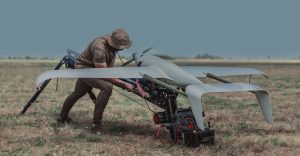
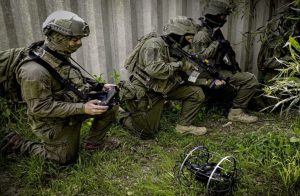


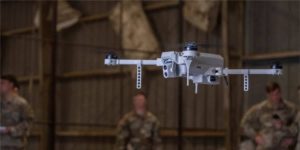
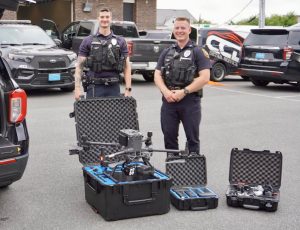



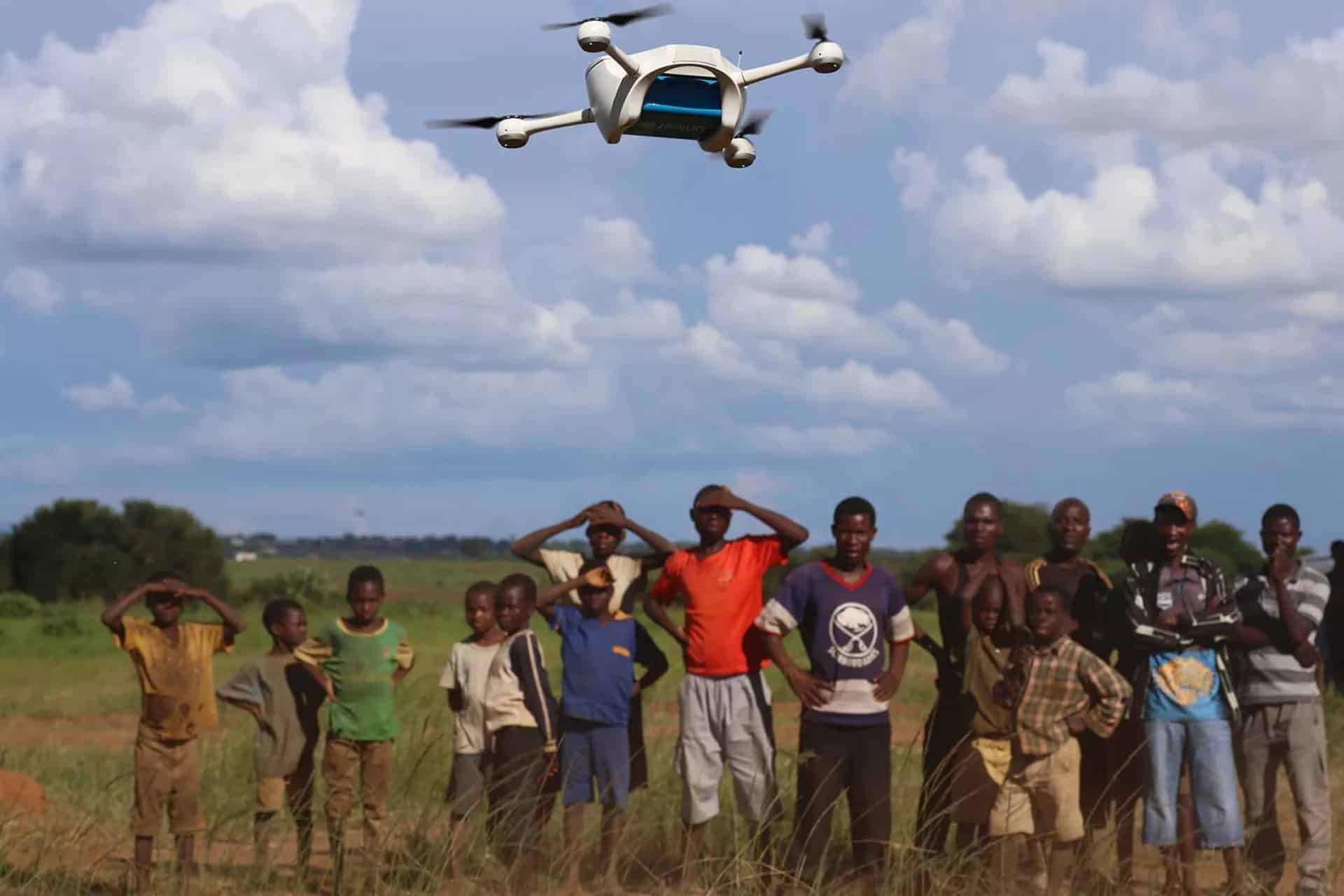
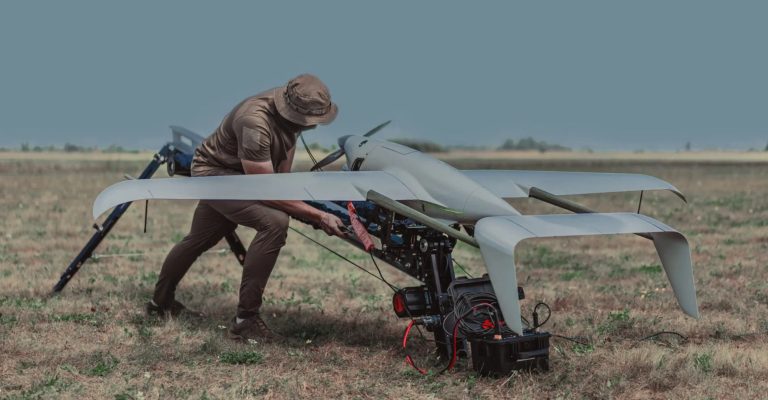
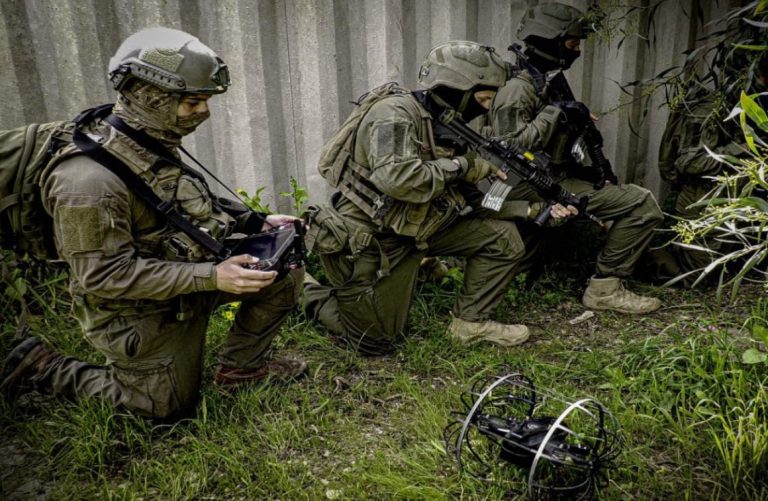


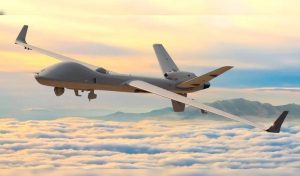


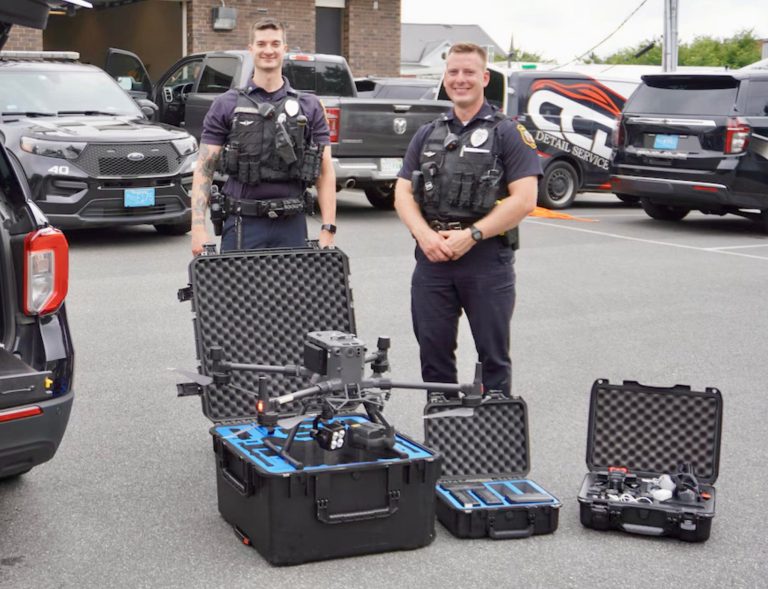


+ There are no comments
Add yours